Nagoya is Japan’s manufacturing hub and the headquarters of Toyota. It’s a destination that is often overlooked by tourists, both foreign and Japanese. I’m fortunate to have family living there and have visited several times. They are always keen to show me the best their city has to offer, and I hope to pass some of their enthusiasm onto you. From ancient handicraft villages to a newly refurbished palace, there are some unique things to do in Nagoya. I hope you’ll agree it is a worthwhile addition to any Japan itinerary, especially if you plan to explore the towns and ski slopes of the central mountains.
Nagoya Castle
If you’ve been to Osaka Castle, you may be wondering if Nagoya Castle is worth visiting. Indeed, they do look remarkably similar, though Nagoya Castle is slightly smaller and less ornate. It was originally built in 1615 by Tokugawa Ieyasu, a powerful shogun. Most of the castle buildings were destroyed in WWII and what we see today is a 1959 concrete reconstruction. The main keep is currently closed for restoration. Rumor has it there are plans to rebuild it in wood to match the 17th century original. The castle is surrounded by thick stone walls and two separate moats, one dry and one filled with water. A small family of deer (like the ones in Nara) live in the dry moat, but they were camera shy during my most recent visit.
Nagoya Castle is an especially lovely place to enjoy the cherry blossoms since it attracts a fraction of the crowds of Osaka and Kyoto. The Japanese practice of cherry blossom viewing is called “hanami.” A popular spring activity is to hold hanami parties under the trees. Nagoya is an ideal destination if you want room to spread out and fewer people in your pictures.
Honmaru Palace
What sets Nagoya Castle apart is Honmaru Palace. The official residence for the shogun and his family has been rebuilt using traditional methods and materials, such as cypress wood, lacquer, and gold leaf. Honmaru Palace contains over thirty rooms, including formal reception halls, samurai quarters, and the shogun’s private bathroom. The beautiful wall paintings have been painstakingly recreated by master craftsmen. Locals are understandably proud of the effort.
Tokoname Pottery Footpath
Tokoname is well known in Japan for its ceramics. The area’s mineral-rich clay has been used to make signature red pottery for centuries. At its peak, Tokoname had over 60 kilns in operation, including the largest climbing kiln in Japan. The Tokoname Pottery Footpath is a 1.8 kilometer walking trail that leads through the town. Parts of the Pottery Footpath are embedded with the town’s own clay pipes and rice wine jugs, making it especially photogenic. Give yourself plenty of time to browse the shops and museums lining the route. And don’t miss Toko-nyan, Tokoname’s giant maneki-neko which welcomes guests with its raised paw.
Tokoname is a 35-minute train ride from Nagoya Station, and just five minutes from the Central Japan International Airport. You can find more details here.
Arimatsu-Narumi Shibori
Shibori is the traditional Japanese technique of tie-dyeing, and the artisans of Arimatsu-Narumi produce some of Japan’s finest fabrics. The town is located along a historically important highway, and travelers started buying souvenirs of their journey when they stopped to rest. Shopkeepers capitalized on this by expanding their offerings. Today Arimatsu looks much as it did centuries ago, with shops hidden within well-preserved wooden buildings. To get there, take the train from Meitetsu Nagoya Station 30 minutes to Arimatsu Station. It’s a short walk from there.
Miso Katsu
Every city in Japan has its own local specialty, and Nagoya’s is miso katsu. This dish combines two classic Japanese foods, red miso paste and tonkatsu (deep fried pork cutlet). The miso paste is blended with mirin and soy sauce to create a rich gravy that perfectly complements the juicy pork. Miso katsu is traditionally served with shredded cabbage and white rice. You won’t want to leave Nagoya without trying it!
PIN this blog for later!
Know of other things to do in Nagoya? Share them in the comments!
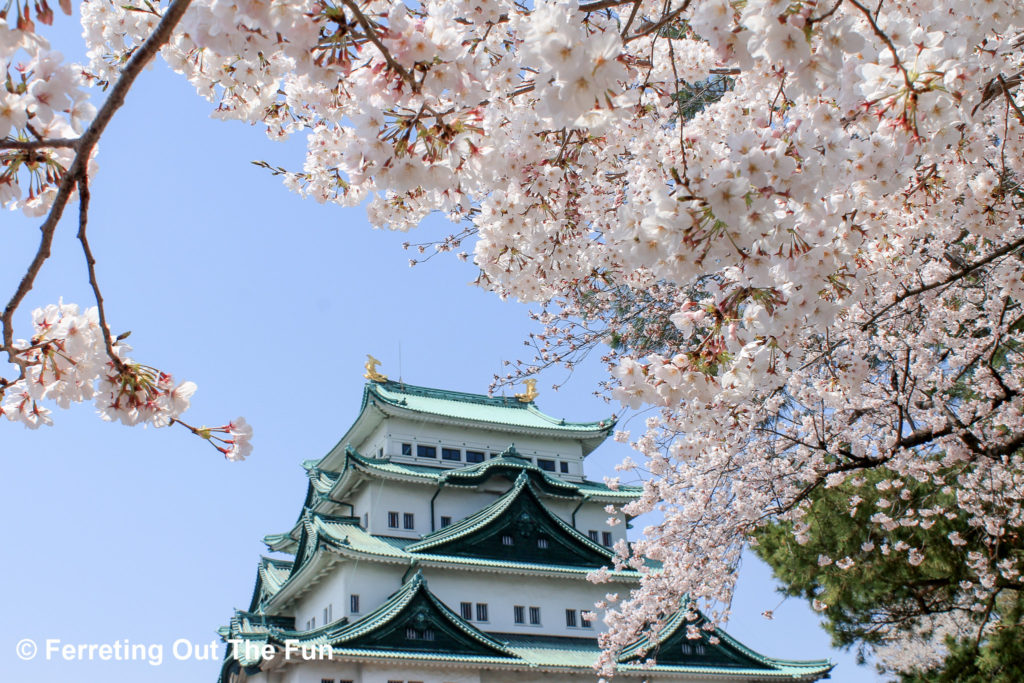
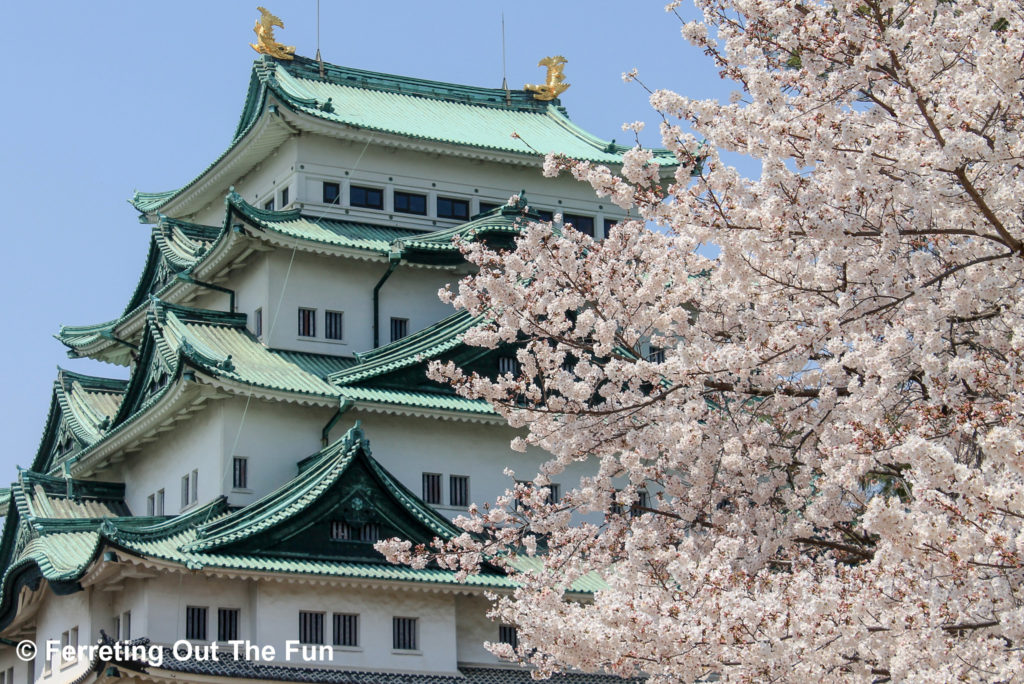
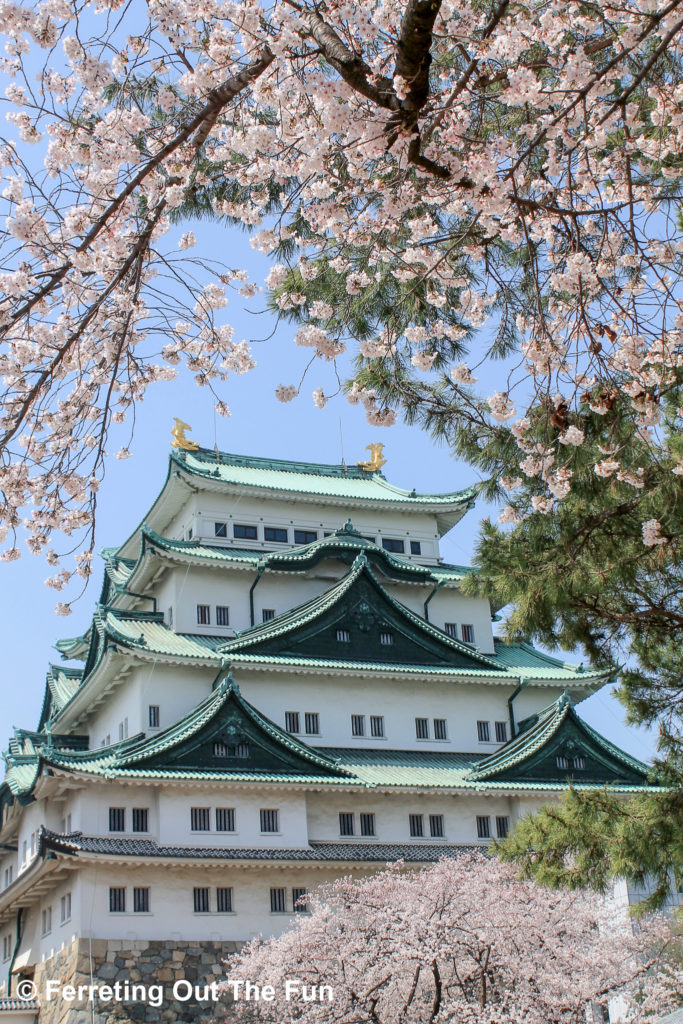
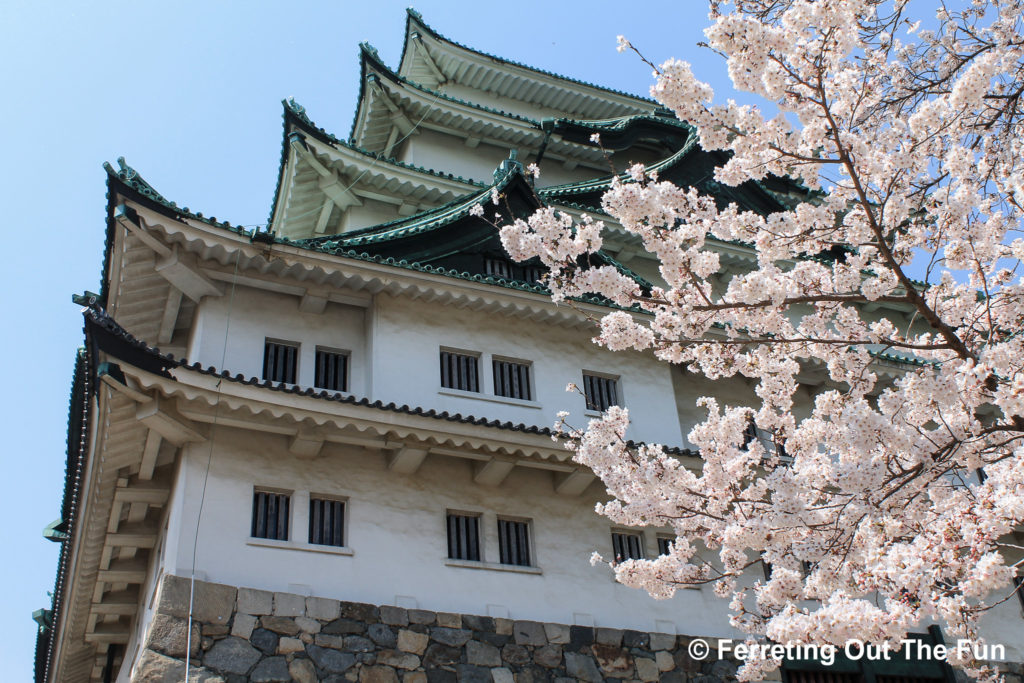
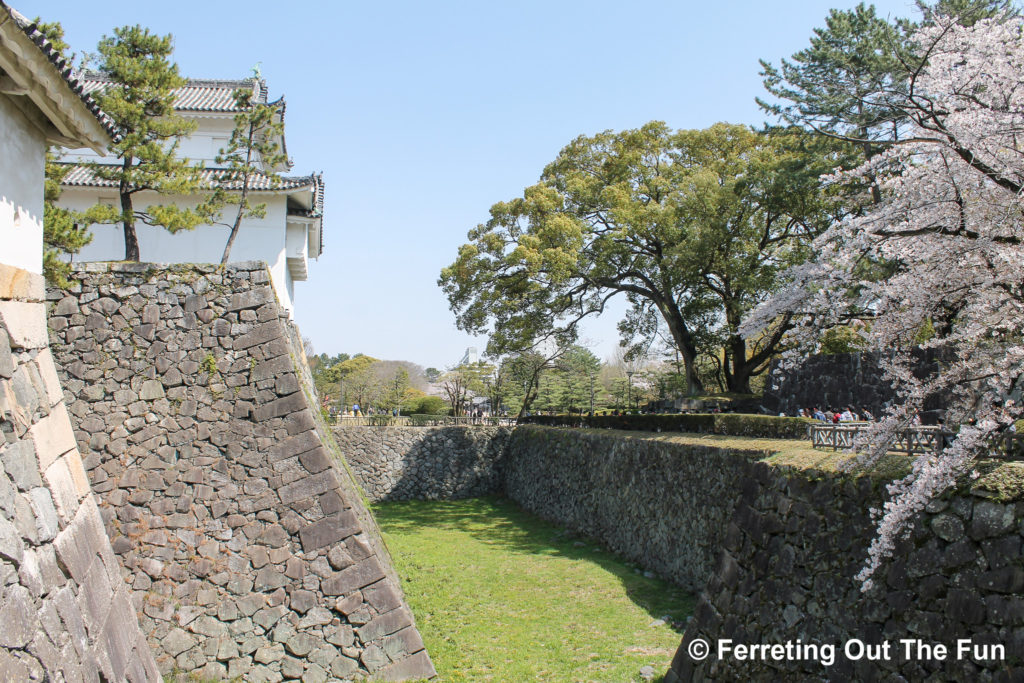
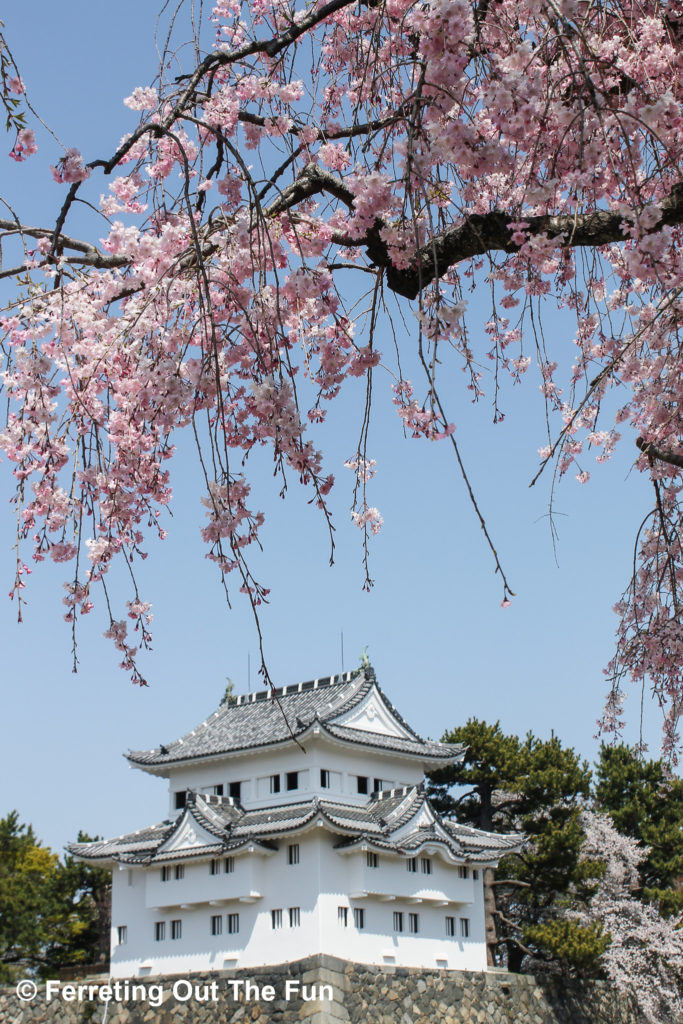
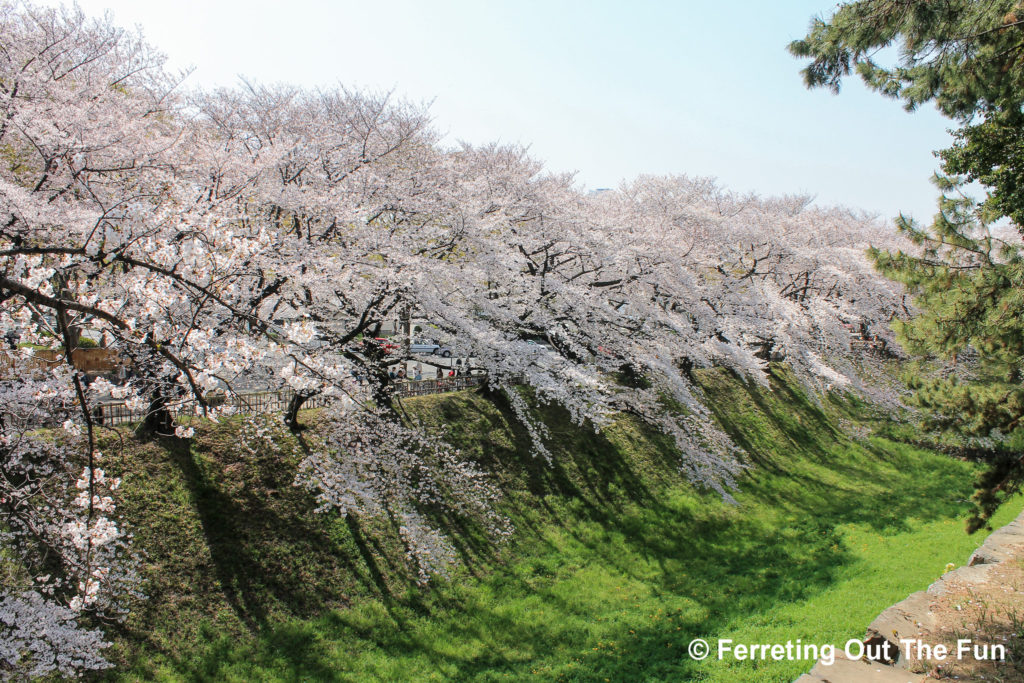
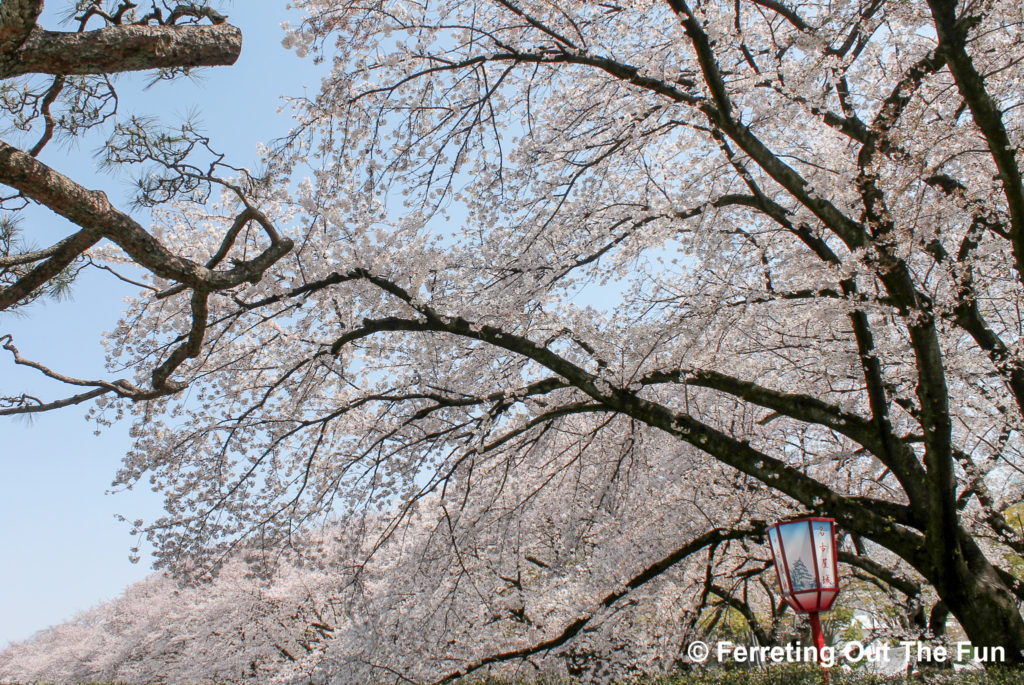
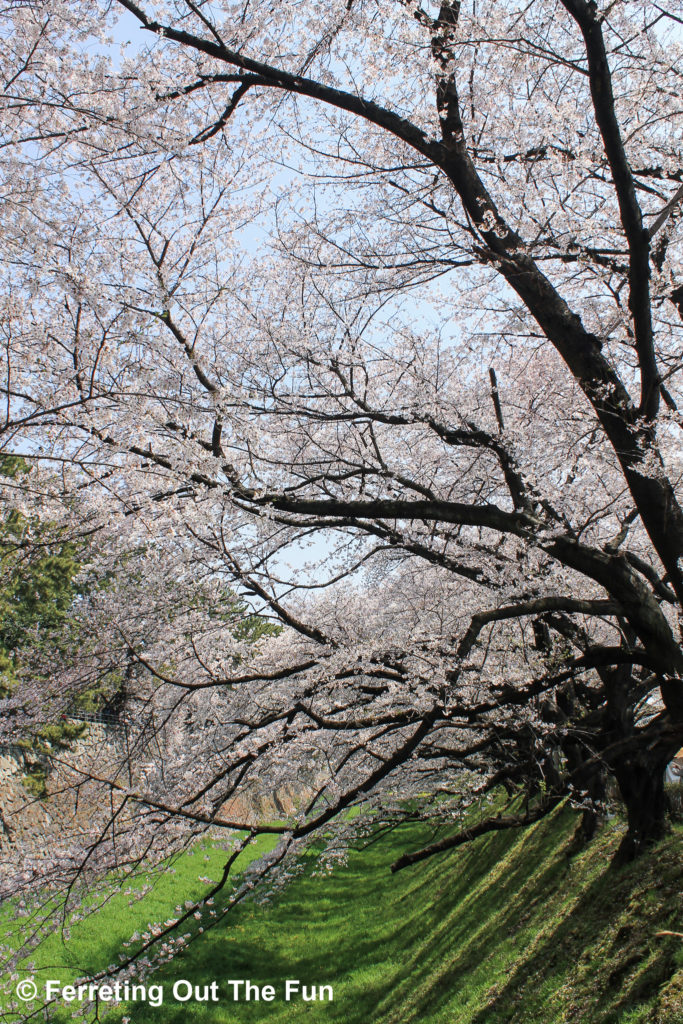
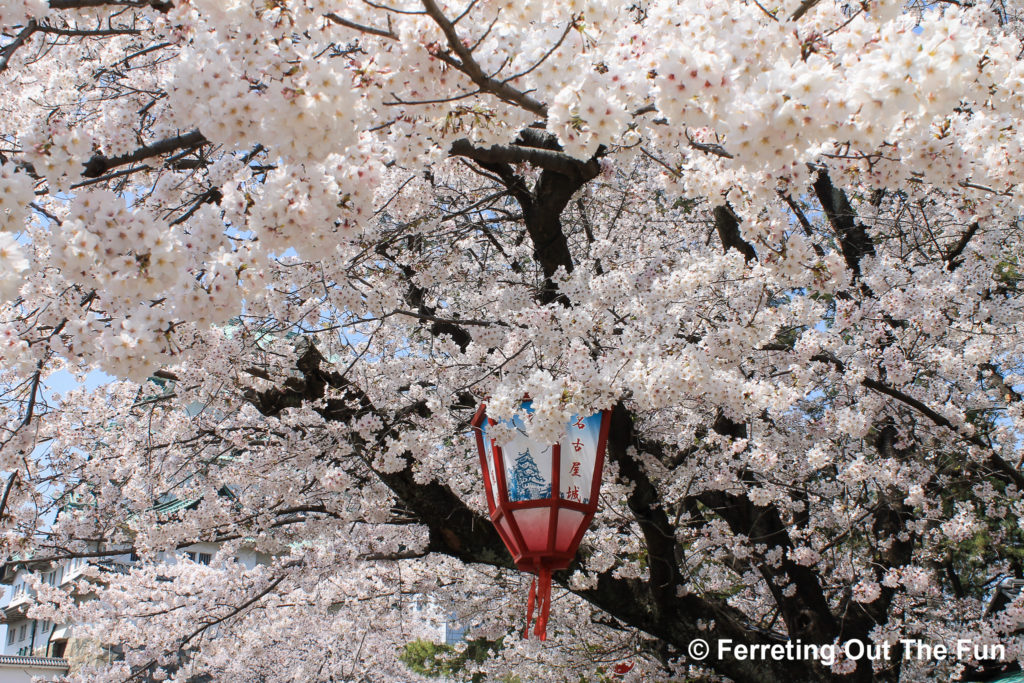
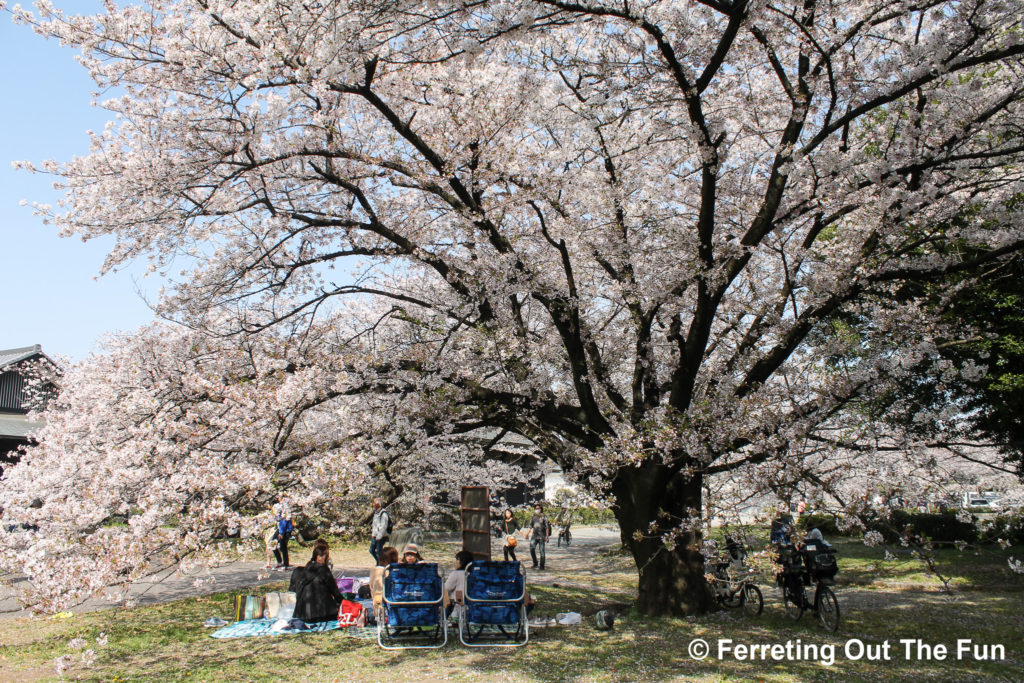
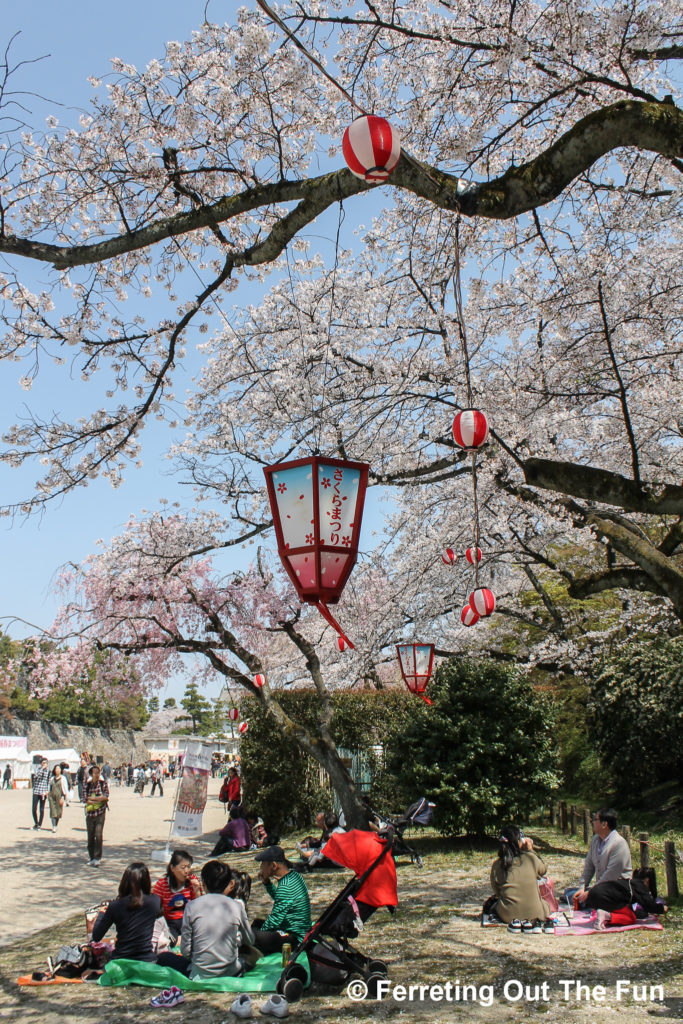
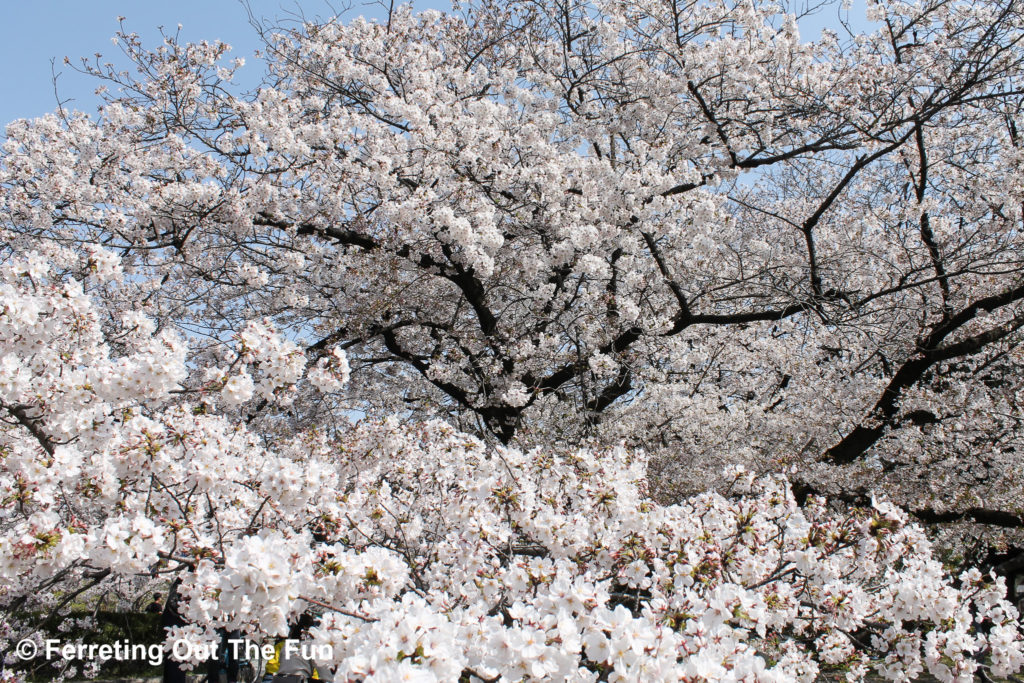
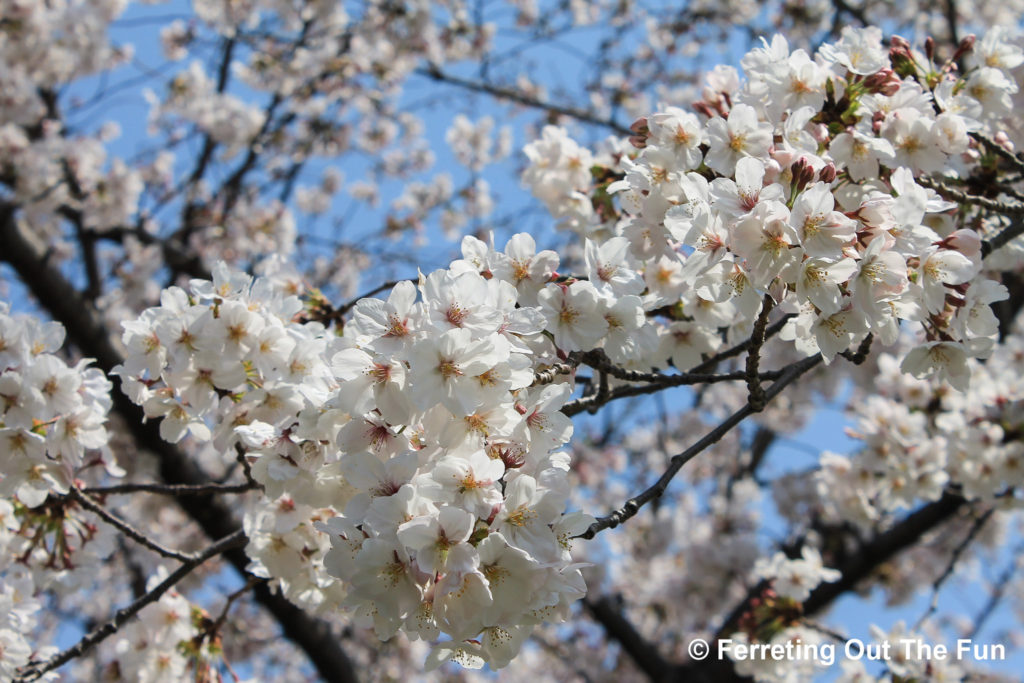
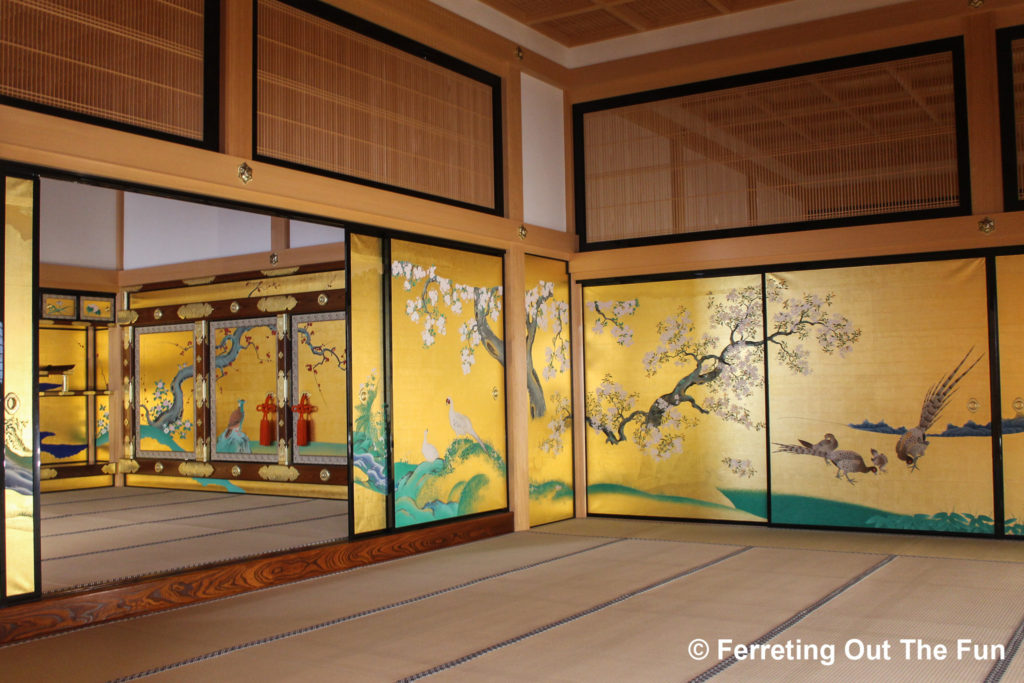
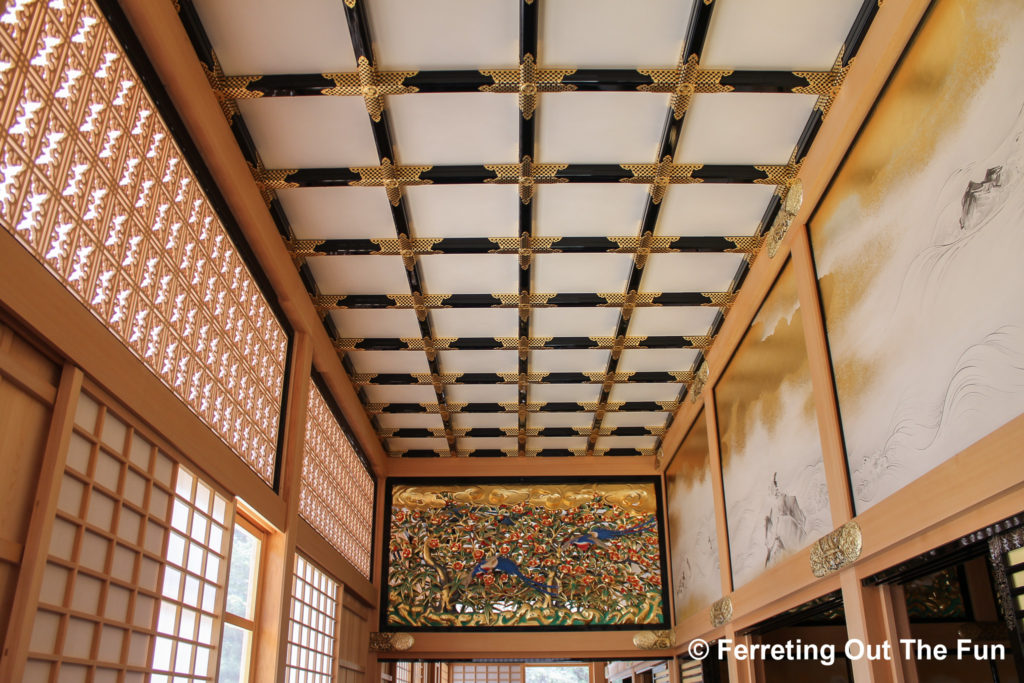
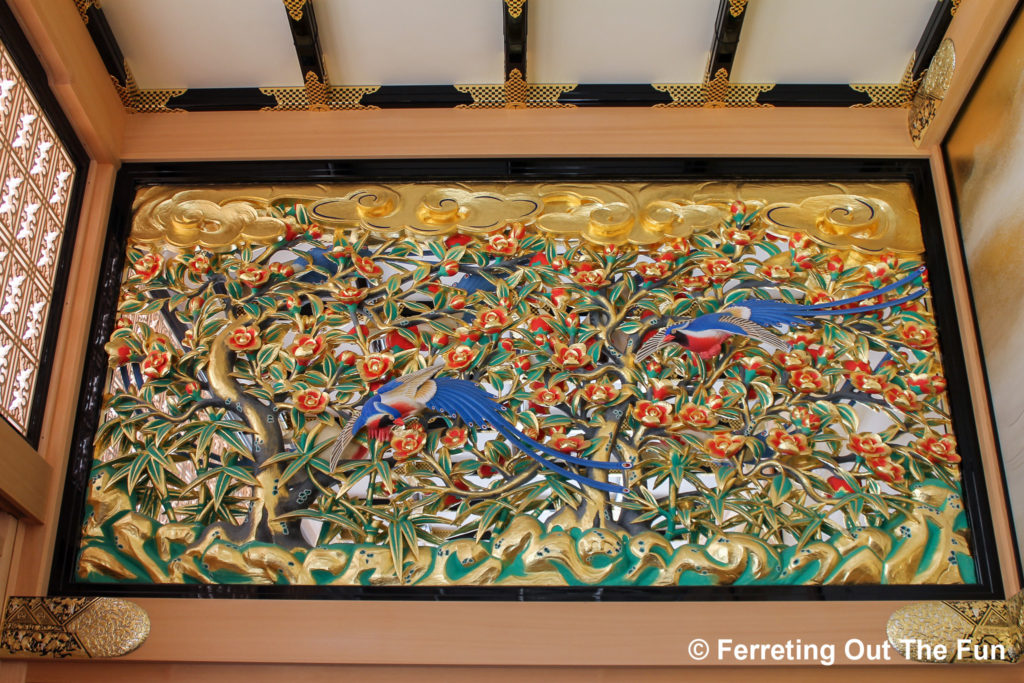
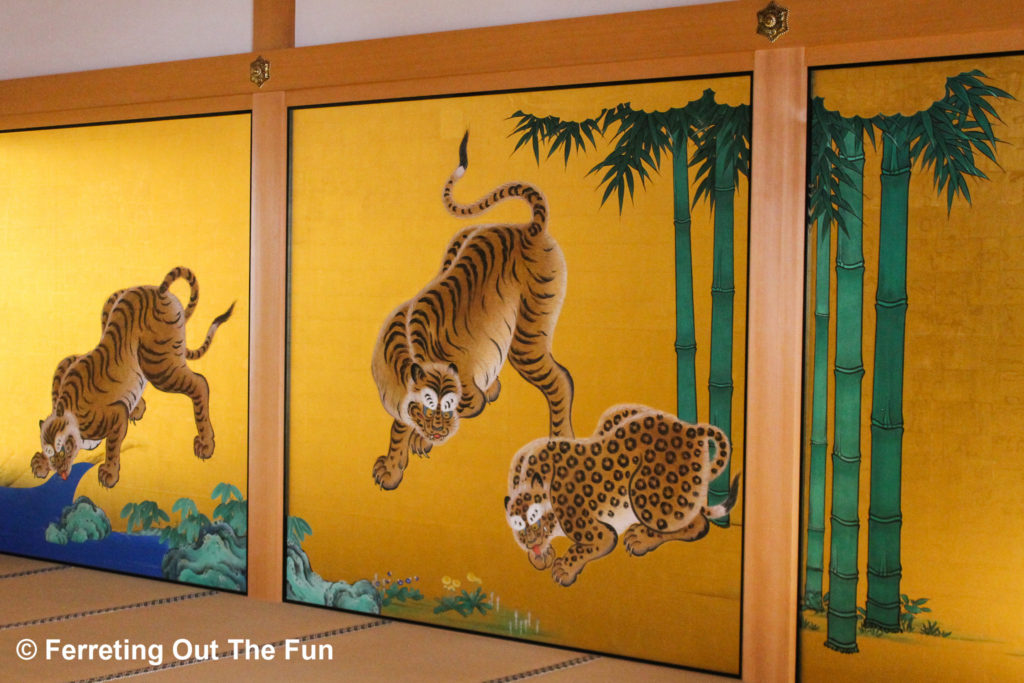
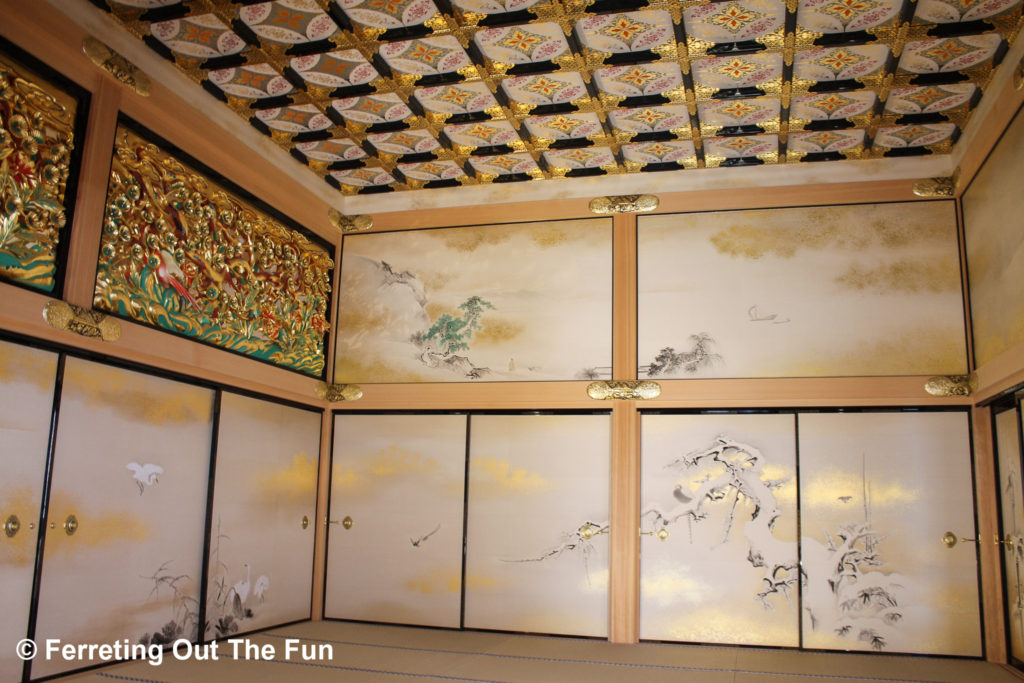
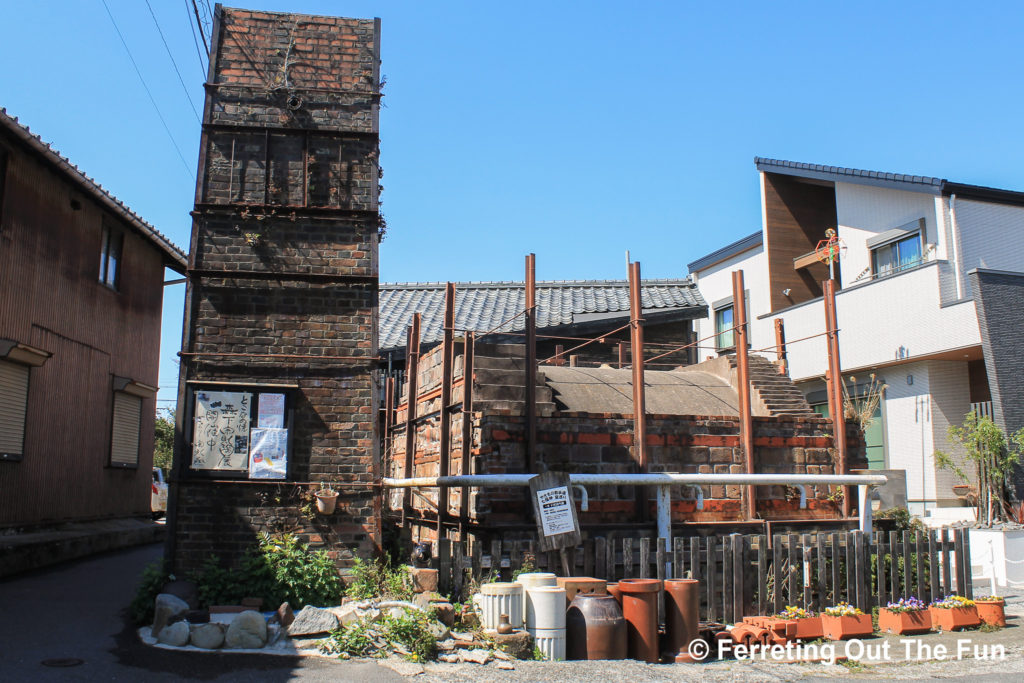
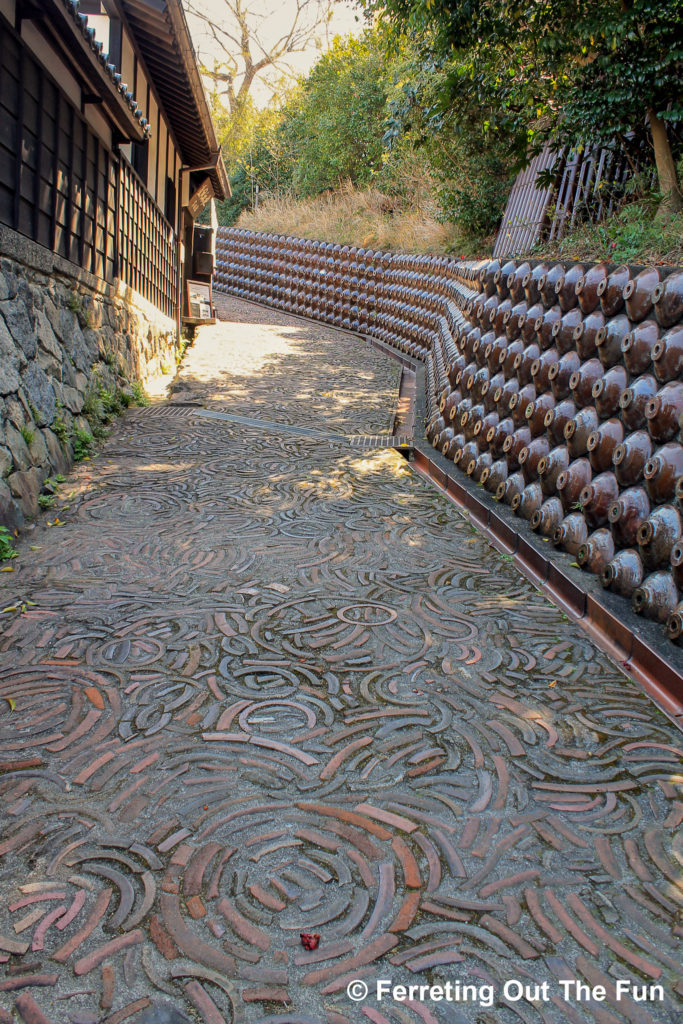
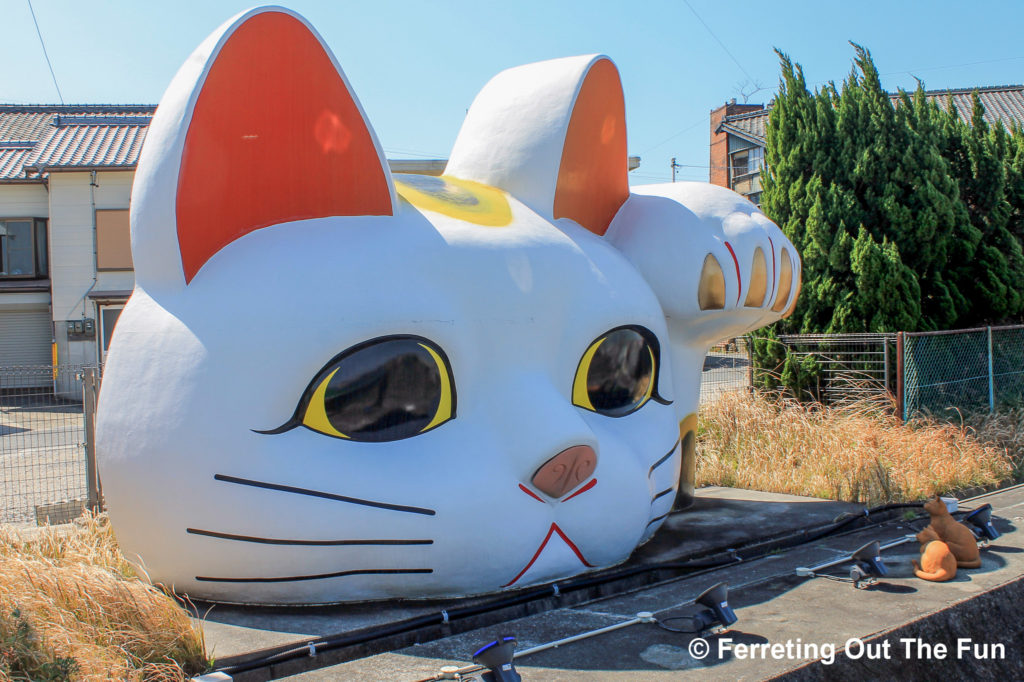
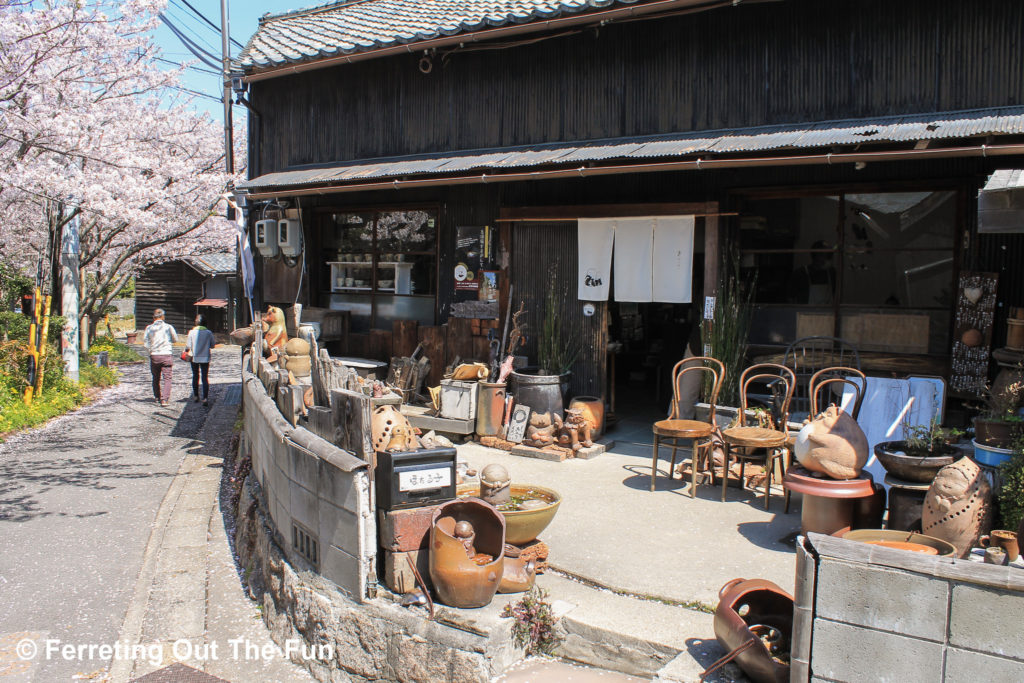
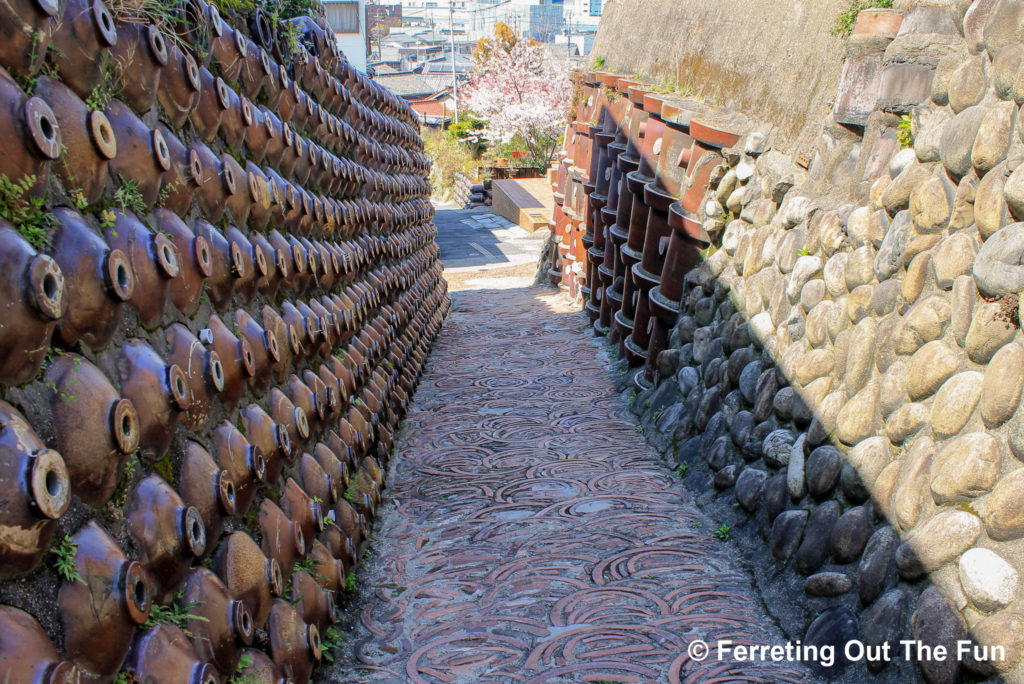
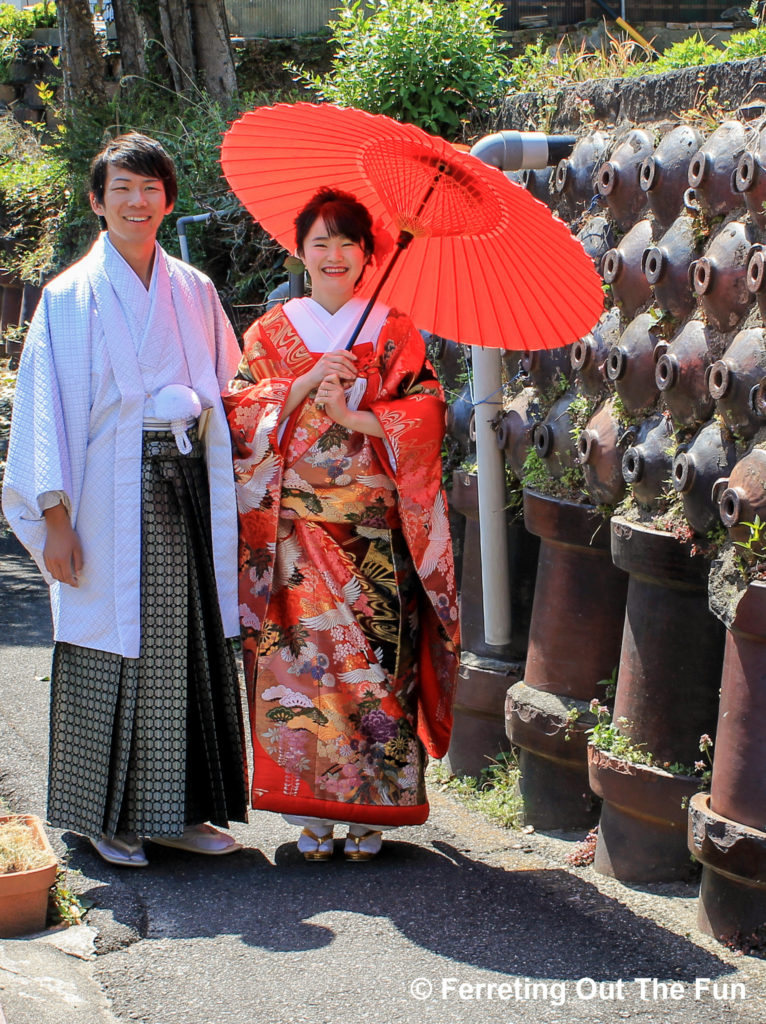
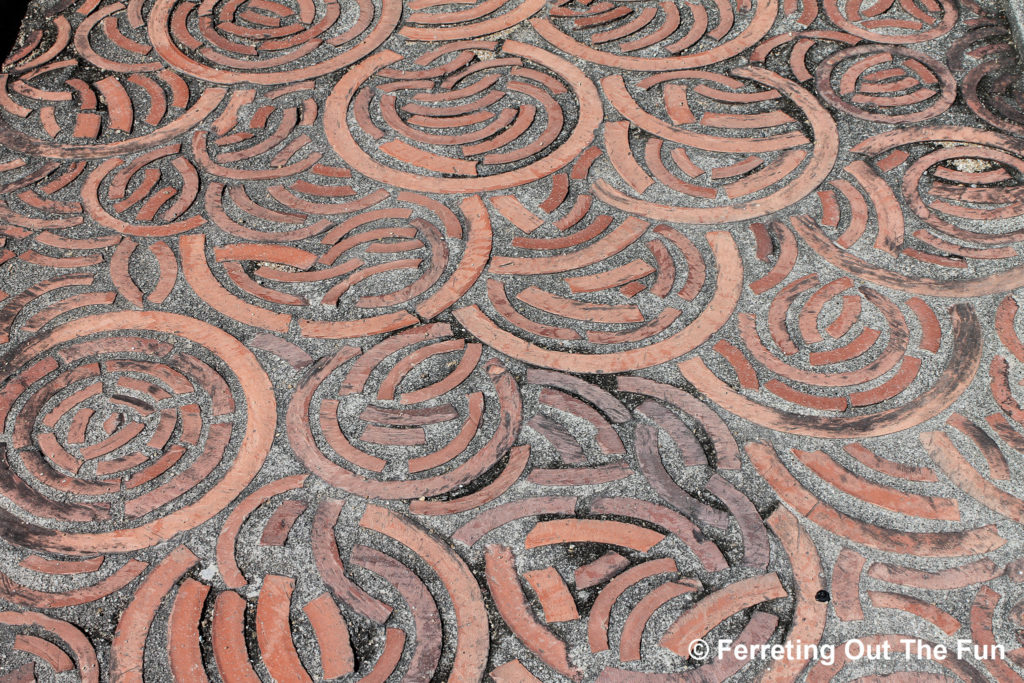
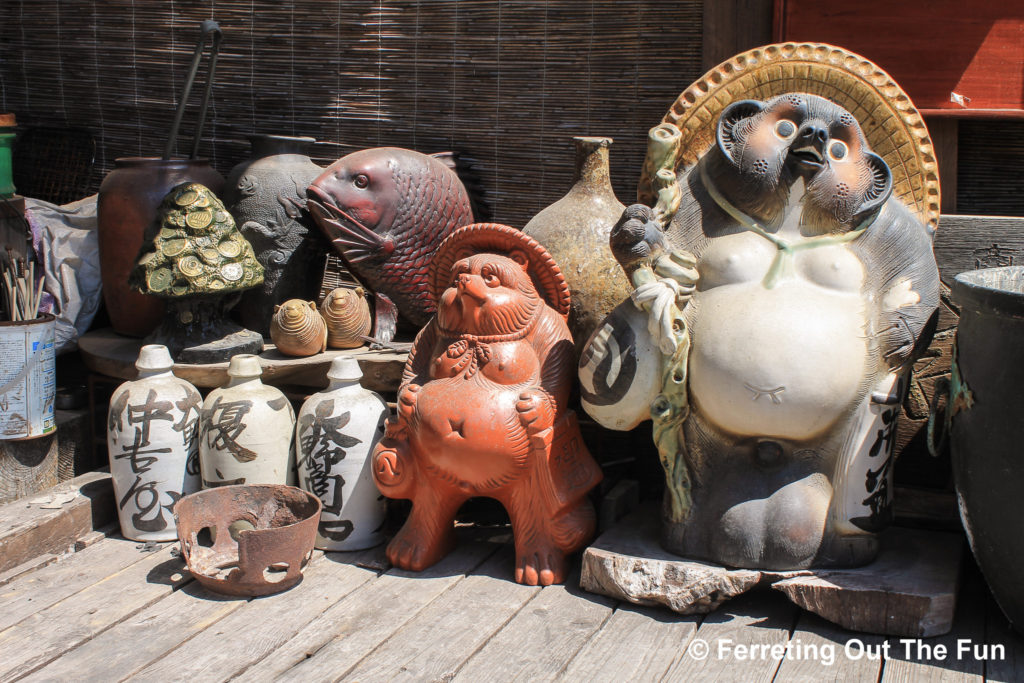
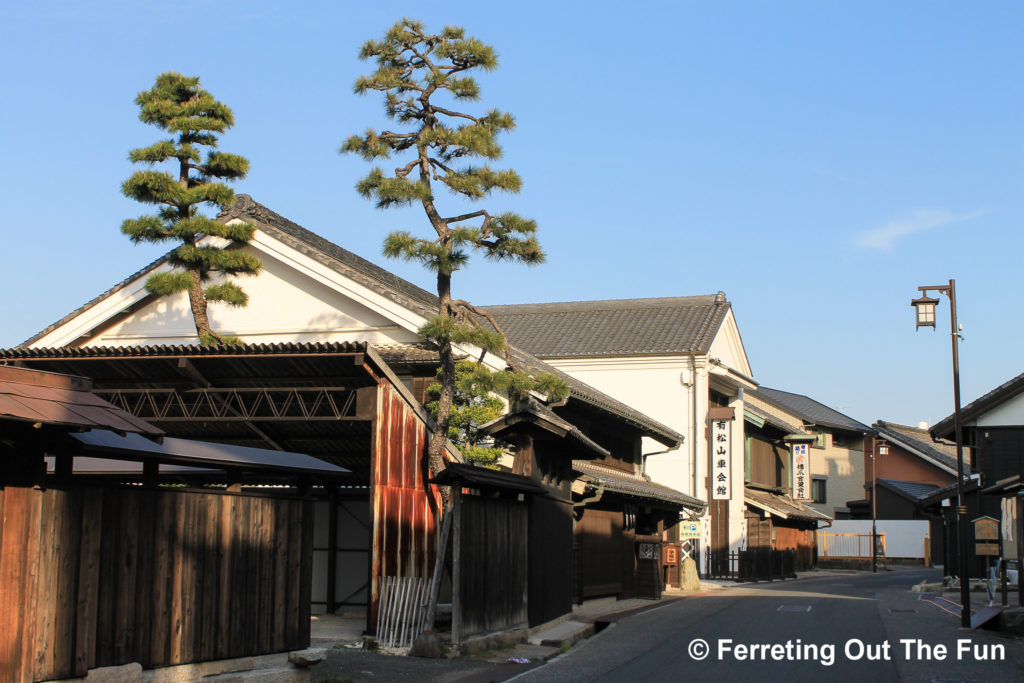
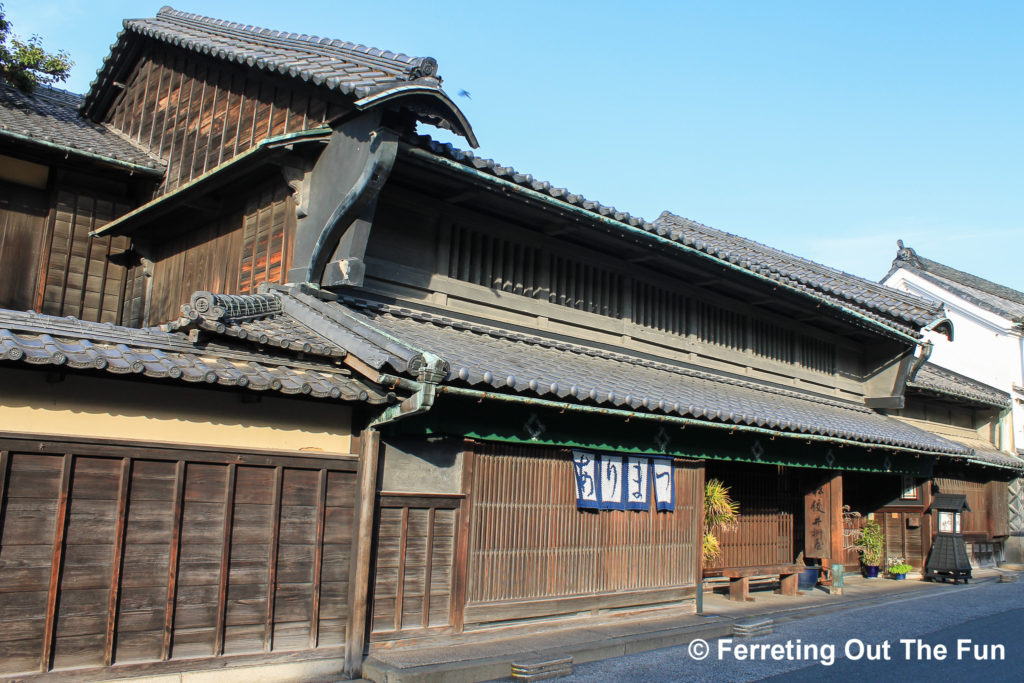
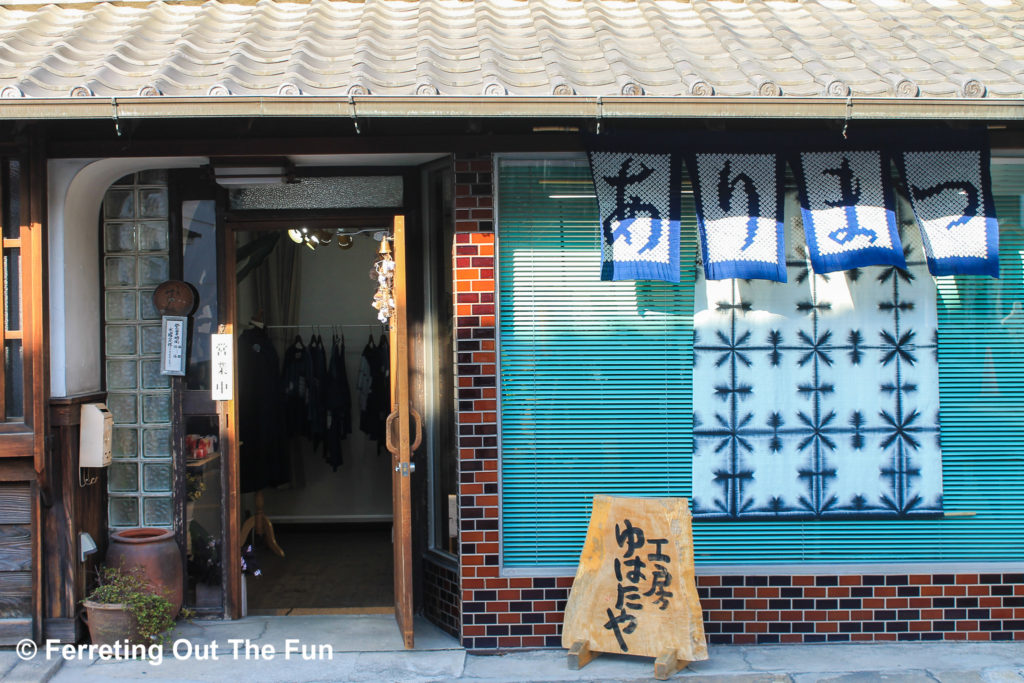
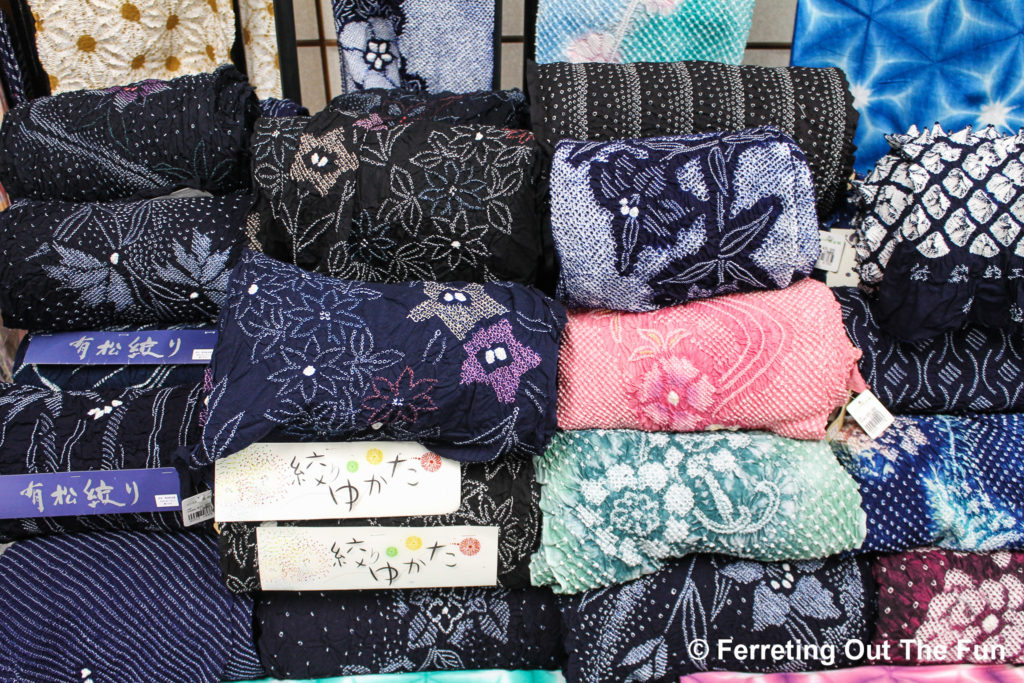
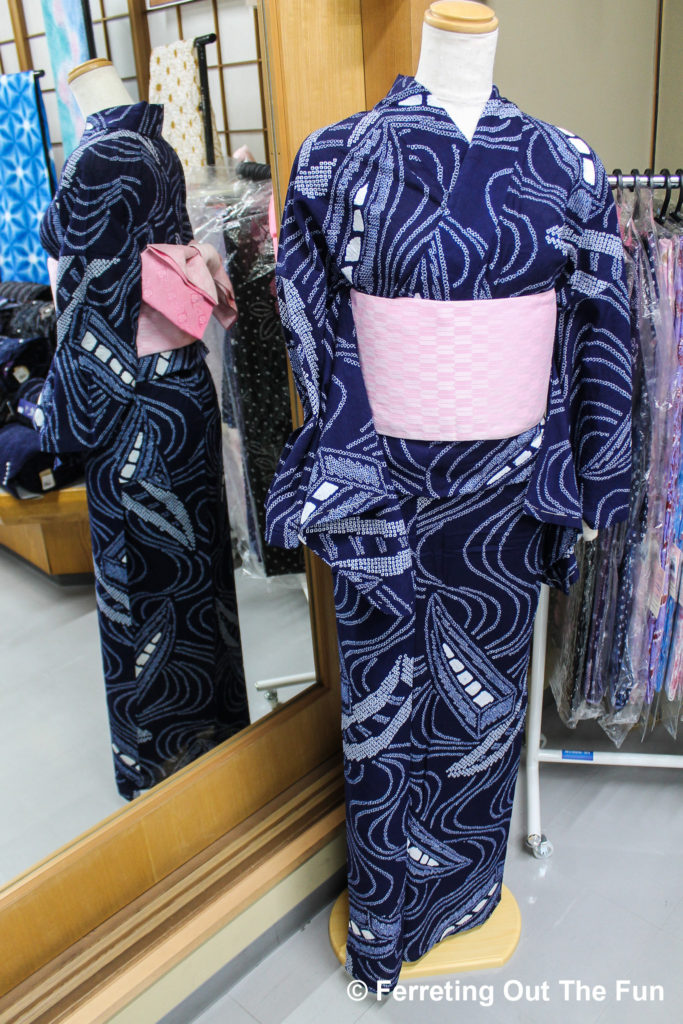
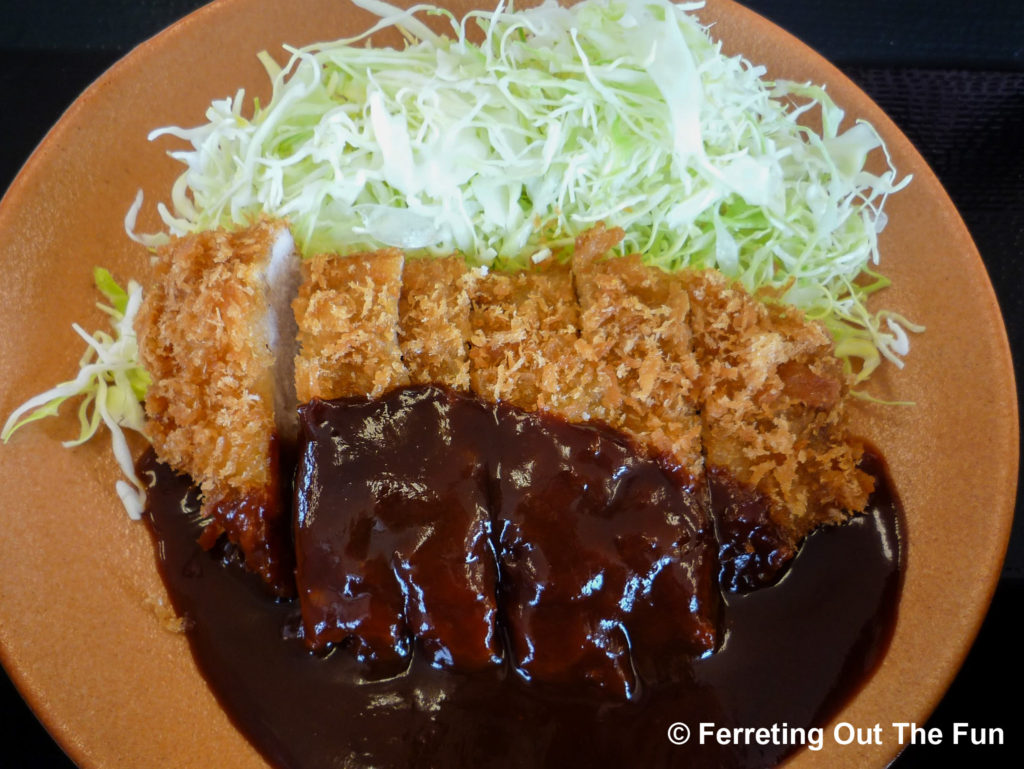
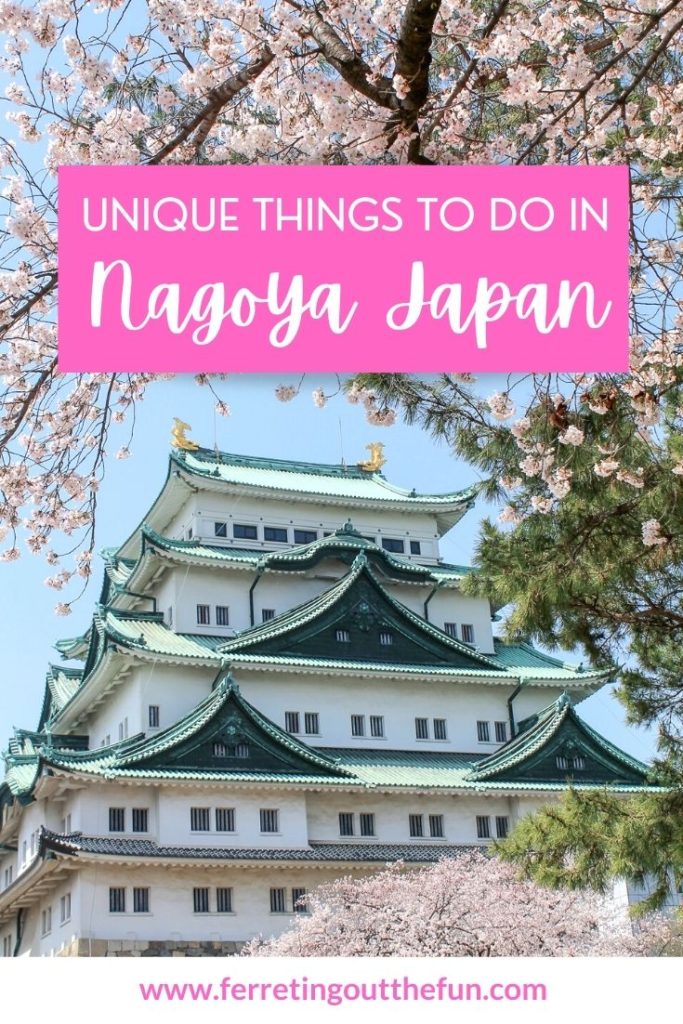
Really enjoyed this Blog. Brought back so many wonderful memories of our stay there. The cherry blossoms were the most spectacular – More so than Osaka or Kyoto. The best part of the trip there was getting to meet your Japanese family. What wonderful people they are. Would love to go again.